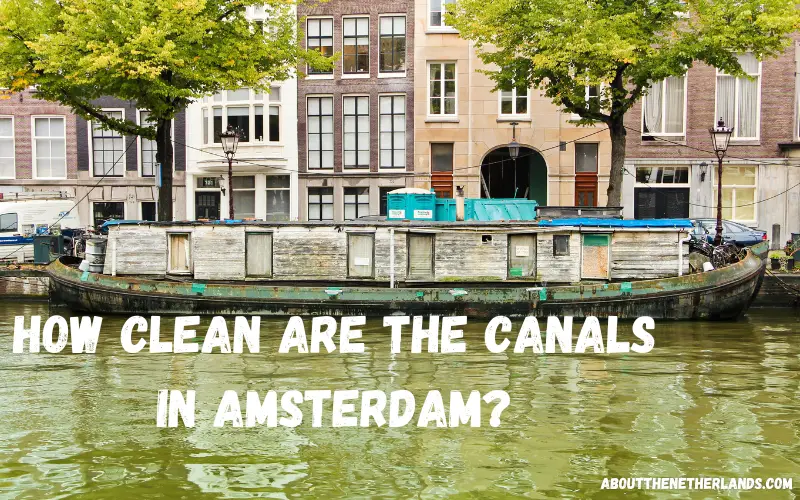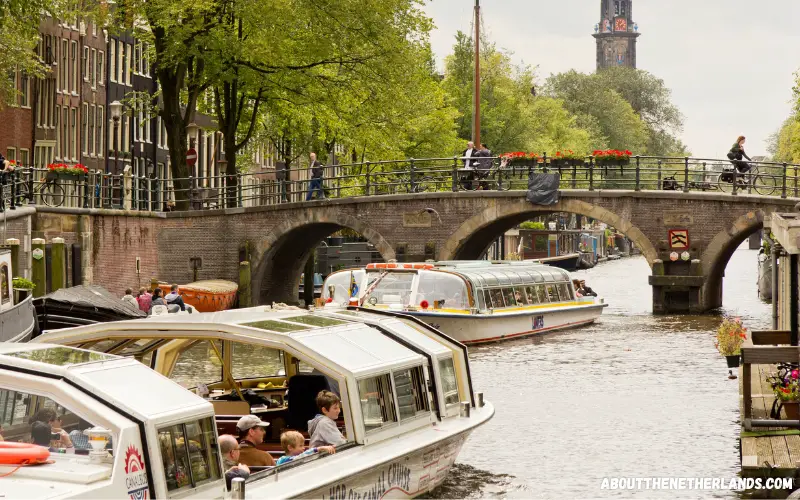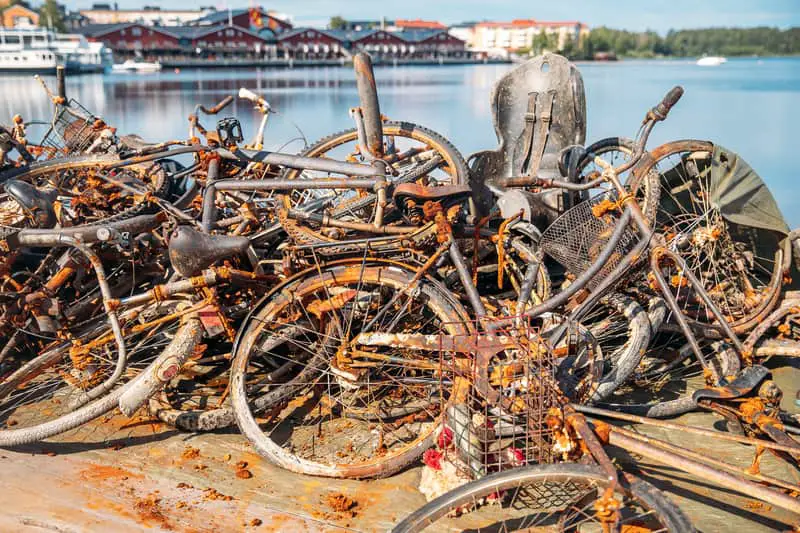

Amsterdam, the capital of the Netherlands, is known for its picturesque canals, which are popular among tourists and locals alike. However, the question of how clean these canals are remains a topic of debate. While some claim that the canals are now so clean that it is possible to fish and swim in them, others argue that the water quality still needs to improve for recreational activities.
So, how clean are Amsterdam's canals?
Recent reports show that water quality has significantly improved over the past few years. The discarding of sewage by canal houses and houseboats has stopped, leading to a reduction in pollution levels. However, environmental issues such as street dirt, bird droppings, and rodents can still contribute to water quality issues.
Despite the ongoing efforts to improve the water quality, swimming in Amsterdam's canals is still not permitted due to safety concerns. However, there are plenty of open water areas where swimming is allowed. In this article, I will explore the current state of Amsterdam's canals and the measures being taken to ensure their cleanliness.

Amsterdam is known for its beautiful canals that wind through the city, and many visitors wonder about the quality of the water in these iconic waterways.
Here's what you need to know:
According to a 2013 investigation by pop science website Kennislink, there have been some positive developments in the cleanliness of Amsterdam's canals. The water quality is constantly monitored and refreshed by a system of sluices and pumps, which helps to keep the water clean.
Since the sewerage from the houseboats has stopped flowing into the canals, the canal water is getting cleaner each year.
However, despite these positive developments, swimming in the canals is still not recommended due to the water quality. But you certainly won't get sick directly from swimming in the canals, which was the case not too long ago. Besides, swimming in the canals is prohibited by law and can result in a fine.
However, there is an exception, the Amsterdam City Swim. During this annual event, more than 3,000 participants swim through Amsterdam's canals to raise money for charity. This shows that water quality did indeed improve in recent years. However, water quality will be checked extra carefully prior to this event.

Amsterdam's canals are not always clean enough to swim in. There are various causes of pollution, some of which are:
These factors can lead to water quality issues, including high levels of bacteria and other pollutants. While efforts are being made to clean up the canals, it is important for residents and visitors to be aware of the potential health risks associated with swimming in them.

Water quality testing in Amsterdam's canals is conducted regularly by the water management company Waternet. The tests measure the levels of bacteria, chemicals, and other pollutants in the water.
According to Waternet's latest report, the water quality in Amsterdam's canals has significantly improved in recent years. In fact, the water quality is now so good that Waternet has stopped regularly flushing out the canals.
Despite the improvements in water quality, there are still some types of pollution that can be found in Amsterdam's canals. One of the main types of pollution is plastic waste.
Every year, thousands of plastic bottles and other debris end up in the canals. However, there are organizations like Plastic Whale that are working to remove this waste from the canals.
Another type of pollution found in the canals is sewage. Historically, the canals were used as dumping grounds for sewage and other waste.
While this practice has stopped, there are still some areas where sewage can be found in the water. This can happen, for example, when a lot of rain has fallen, and the sewer system overflows, then this water flows into the canals.
No, Amsterdam canal water is not safe to drink. While the water quality has improved, it is not treated for drinking purposes. Additionally, there are still pollutants and bacteria in the water that can be harmful to human health.
It is important to avoid ingesting the water and to practice good hygiene if you come into contact with it.
Despite being a popular tourist attraction, Amsterdam's canals have faced pollution and degradation over the years. However, the city has taken significant steps towards cleaning up its canals and improving its water quality.
One of the main efforts to clean Amsterdam's canals is through dredging. Dredging is the process of removing sediment from the bottom of a water body.
In Amsterdam, dredging is done to keep the canals clear so boats can continue traveling through them. Companies work on a daily basis to ensure that the canals remain clean.
In total, these companies collect around 15,000 bicycles from the Amsterdam canals every year.

The city has also implemented several initiatives to reduce pollution in the canals. For example, the discarding of sewage by canal houses and houseboats in the canals has stopped, leading to a significant improvement in water quality.
The Amsterdam Water Vision 2040 outlines plans and goals by the city for Amsterdam's water, including making the canals swimmable for everyone in the future.
In addition to these initiatives, there are also private companies and organizations that are contributing to the cleaning efforts. One such company is Plastic Whale, which organizes canal tours where visitors can help collect plastic and other rubbish from Amsterdam's canals.
This initiative not only helps clean up the canals but also raises awareness about the importance of keeping water bodies clean and pollution-free.
Amsterdam's canals have come a long way since the days of being heavily polluted. The Dutch government and local organizations have made significant efforts to clean up the canals and improve their water quality. The introduction of sewers and rubbish collection services in the 20th century played a crucial role in reducing pollution levels.
Today, the water quality in Amsterdam's canals is closely monitored, and strict regulations are in place to ensure the canals remain clean. The city's wastewater treatment plant, Waternet, plays a significant role in maintaining the water quality of the canals. The plant uses advanced technology to treat wastewater and remove pollutants before it is released into the canals.
Despite these efforts, some areas of concern remain regarding the cleanliness of Amsterdam's canals. The wastewater treatment plant can become overwhelmed during heavy rainfall, and untreated sewage can enter the canals. Additionally, there are still some areas where litter and debris can accumulate, leading to potential pollution.
While Amsterdam's canals may not be entirely pristine, they are generally clean enough for recreational activities such as swimming (during Amsterdam City Swim) and boating. Visitors to the city can rest assured that the water quality of the canals is closely monitored and regulated to ensure a safe and enjoyable experience.
Would you like to learn more about the Amsterdam canals? Then make sure to check my Amsterdam canal facts article!